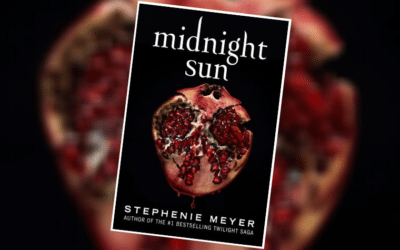Baroque artist Artemisia Gentileschi was born in Rome in 1593. The oldest child of a painter father, she received her first art lessons in his studio, where she quickly and easily showed herself to be the most talented of all her siblings. To help further cultivate his daughter’s talent, Orazio Gentileschi hired his collaborator Agostino Tassi to be Artemisia’s private tutor. At some point during their lessons Tassi raped her. Fearing that this would put her future prospects in danger, Artemesia then entered into a sexual relationship with Tassi, with the belief that he would later marry her. When it became clear that he had no intention to do so, Orazio sought to press charges, and was only able to because his daughter had been a virgin before the rape. During the trial Artemisia had to endure a gynecological examination and was tortured — both considered ways to “verify” her story. After all of that, even though the court ordered Agostino Tassi to be exiled from Rome, they never actually followed through on the sentence.
I will fully admit that I don’t remember most of what I learned in art history, but this artist and one of her most famous paintings has always stayed with me.
* * *
Biblical heroine Judith is the subject of many works of art. An irreligious person myself, I’m not very well versed in her story, but from what I understand, the basics are these: Assyrian general Holofernes invades Judith’s city. She’s unhappy (as one usually is about things like foreign invasions) and decides to do something about it. She and her maid go to the enemy camp, where Judith slowly gains the favor of apparent dumbass Holofernes. As he lies in a drunken stupor one night, Judith enters his tent and beheads him. Sisters doing it for themselves!
My art history professor showed the class these two paintings telling the story of Judith — Caravaggio’s Judith Beheading Holofernes and Artemisia Gentileschi’s Judith Slaying Holofernes, because I guess there are really only a few ways to say that Holofernes was killed in such a specific way — and asked us if we could tell which one was done by the female artist. I knew. The other girls in my class knew. At that point in history, only a woman could know what women are capable of.
It’s no wonder that Gentileschi’s heroine is made of tougher stuff than Caravaggio’s confused and slightly nauseated looking Judith. If what happened to her had happened to me, I’d be that violently angry too. It’s been suggested that Judith Slaying Holofernes was somewhat a therapeutic exercise, with the titular subjects baring a strong physical resemblance to Artemisia Gentileschi and Agostino Tassi.
Another painting about a Biblical heroine painted early in Gentileschi’s career, Susanna and the Elders, is both a strong companion piece to Judith Slaying Holofernes and a heartbreaking work of foreshadowing about the artist’s own life. Susanna too was assaulted and not believed.
* * *
I’ve been thinking about that lesson a lot. Many of us are in the same rickety and shoddily made emotional boat right now. Not even a boat. More like that portion of antique door in Titanic that Kate Winslet floated on top of, barely clinging to life while Leonardo DiCaprio froze to death beside her. Except really we’re all Leo.
After Brett Kavanaugh was confirmed to the Supreme Court I sat in stony silence glaring at the television. I wanted to throw something. I wanted to hit someone. I’m angry that even after everything Dr. Christine Blasey Ford endured in full public view, there were people celebrating Kavanaugh’s ascension to one of the most prominent positions America has to offer.
This past summer I quit a job I’d had for over ten years because my concerns about a male employee’s behavior were not just not taken seriously, but were callously swept aside. I’m angry that it got to that point, and I’m angry that there are a lot of women who would love to be able to walk away from a bad situation like that but don’t have the resources or support system to do so.
I’m angry that a bit more of our country’s soul died the day Donald Trump became President of the United States.
I’m angry because a four hundred year old painting is just as relevant for the women looking at it today as it was for the artist who painted it.





